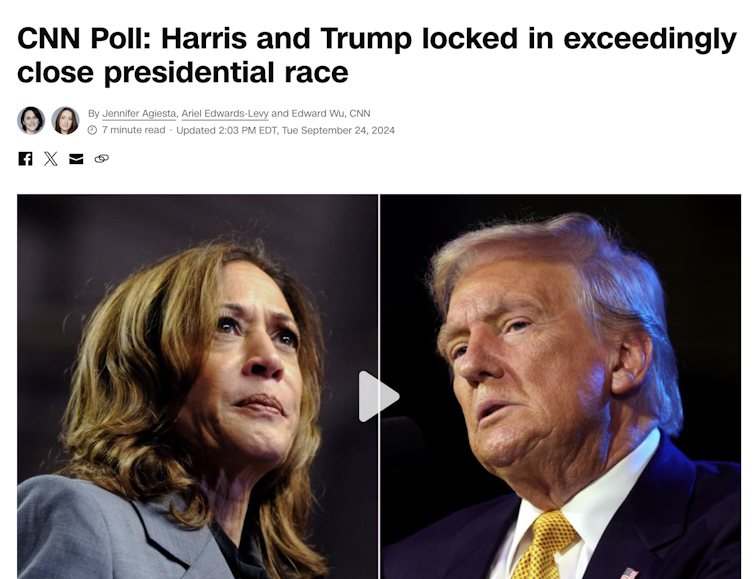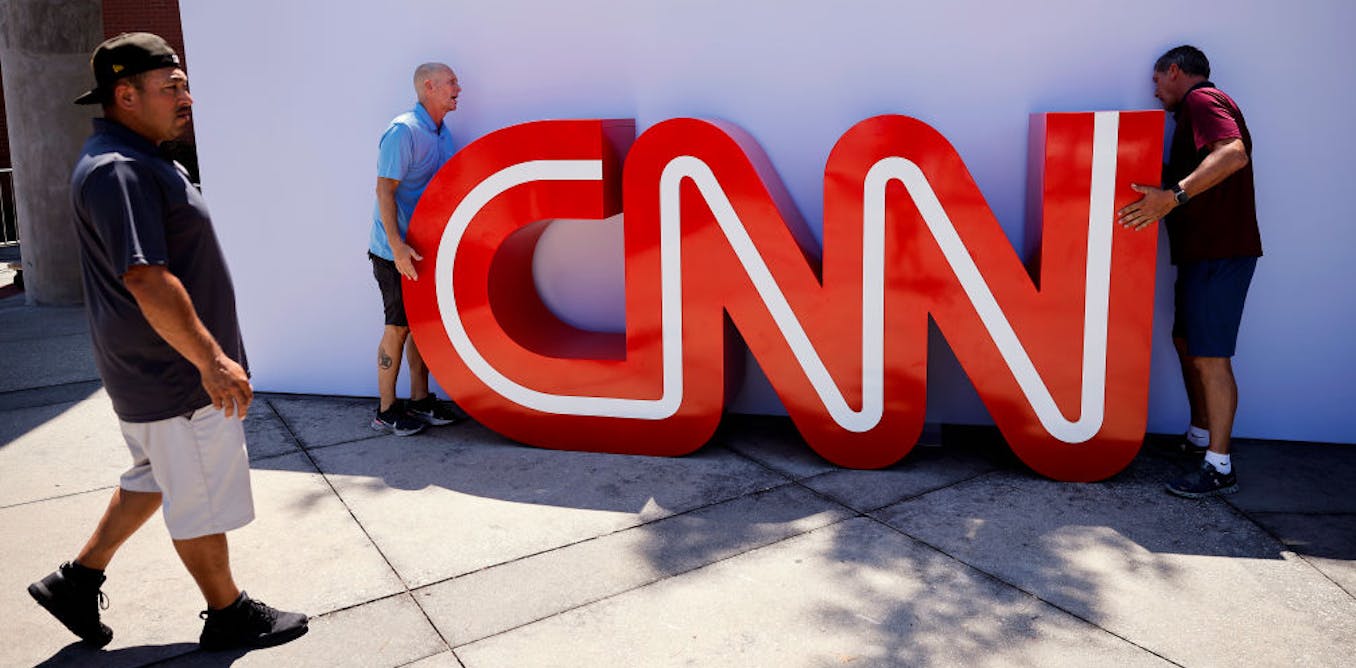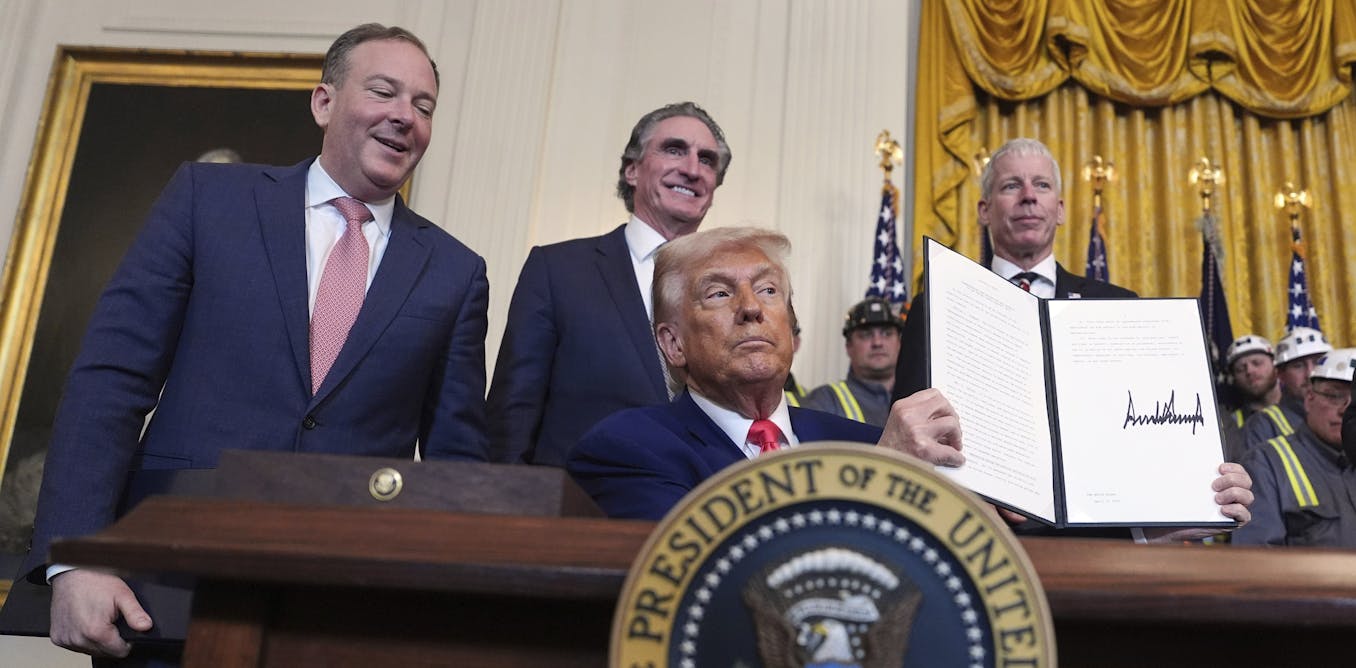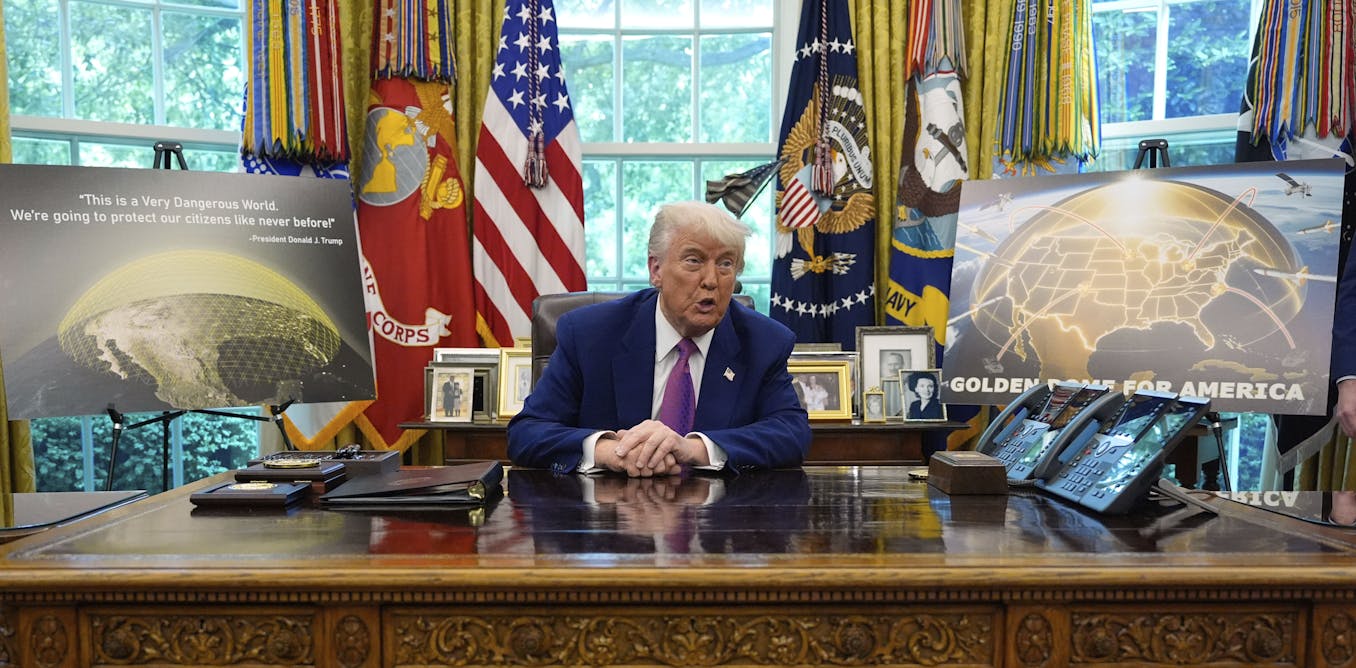Polls of the 2020 presidential election were at their collective worst in 40 years.
No misfire that year was more striking than CNN’s. Its final poll before the election estimated that Joe Biden held a landslide-size lead of 12 percentage points over then-President Donald Trump.
That reading was down from early October 2020, when CNN reported Biden’s advantage stood at 16 points. No polling organization in 2020 reported a greater margin in the presidential race, according to the RealClearPolitics compilation of polls that year.
Biden won the popular vote by 4.5 points, which meant a sizable polling error for CNN and its polling partner, SSRS, a research company in suburban Philadelphia.
As I wrote in “Lost in a Gallup,” my book about polling failure in U.S. presidential elections, surveys conducted for CNN and other major corporate media outlets “possess unmatched if obvious narrative-shaping effects.” Results of their surveys are prominently shared with large audiences, thus helping media-sponsored polls to set the storyline for the election campaign.
“When these pollsters speak, the public listens,” veteran polling analyst David Moore has said. The robust lead CNN reported for Biden in 2020 “clearly was part of the ongoing narrative,” Moore added.
As pollster Mark Penn pointed out after the election, polls showing margins of 10 to 12 points in Biden’s favor would have corresponded to “about a 40-state landslide – a result that on its face should have been dismissed as impossible.”
The 2020 presidential race was the third in succession in which CNN was off target in its final poll before Election Day.
In 2016, CNN estimated Hillary Clinton’s late-campaign lead among likely voters was 6 percentage points; she won the popular vote by 2.1 points but lost the Electoral College to Trump. In 2012, CNN’s final preelection poll reported that the race was deadlocked between President Barack Obama and Republican Mitt Romney; Obama won by nearly 4 points.
Smith Collection/Gado/Getty Images
‘Front and center for me’
Since the misfire of 2020, CNN has modified its polling methodology, in what may represent a high-profile test case for election pollsters this year.
Pollsters have been turning to a variety of survey techniques – online options among them – in seeking to avoid yet another embarrassment in a presidential race.
Jennifer Agiesta, CNN’s director of polling and election analytics, has made clear the cable network is well aware of the stakes for pollsters this year. In a podcast interview last year for the American Association for Public Opinion Research, a bastion of opinion research, Agiesta said polling’s “biggest looming challenge” is its effectiveness in 2024.
“I think that public perception of what polling is, and how it’s doing, is going to be very much shaped by how it performs in the 2024 election, rightly or not,” Agiesta said. “It is certainly front and center for me.”
CNN still commissions SSRS to conduct its polls but has moved away from reaching out to would-be respondents exclusively by calling cellphones and landlines. As recently as 2016, CNN’s late-campaign poll included more landline respondents than those reached by cellphone.
In polling this year’s presidential race, CNN has drawn respondents from an SSRS panel, which is a large group of people willing to complete surveys from time to time. The panel is described as “probability-based,” meaning that its members were chosen randomly and that all registered voters in the United States had roughly an equal chance of being asked to participate. Respondents completed CNN’s poll either online or by phone.

Screenshot, CNN
Improved results for Trump
So far this year, CNN’s polling in the presidential race has been more generous to Trump than its surveys in 2020. CNN polls then showed consistent advantages for Biden.
In its most recent presidential poll, results of which were released in late September, CNN said Vice President Kamala Harris was leading Trump by a single percentage point among likely voters.
CNN’s national poll two months earlier reported that Trump led Harris by 3 percentage points among registered voters. CNN surveys in June and April both found Trump leading Biden by 6 points. After a disastrous debate with Trump in late June, Biden abandoned the race for reelection on July 21.

YouTube
It is, of course, too soon to say whether this year’s polling results indicate that CNN is on target at last. Much can change in the weeks before an election. Late in the 2016 campaign, for example, previously undecided voters in key swing states chose to support Trump’s candidacy, securing his victory in the Electoral College, according to data included in a report commissioned by the American Association for Public Opinion Research, or AAPOR.
CNN polling director Agiesta, who in May completed a one-year term as AAPOR president, declined to be interviewed for this article.
But in a CNN-sponsored discussion before the 2022 midterm elections, Agiesta addressed the question of whether polls are accurate, saying, “I would like to think that they are.”
She said pollsters had been “taking lots and lots of steps to try to correct for the errors that we have seen in past cycles,” adding: “I mean, obviously, the problems that polling had in 2016 and in 2020 were extremely well publicized. Everybody’s aware that there was an understatement of the Republican support in a lot of polling in both of those election cycles.”
Over her right shoulder, on display in the office where she spoke, was a desktop sign that bore this emphatic pronouncement, in capital letters: “ACCURACY FIRST!”




